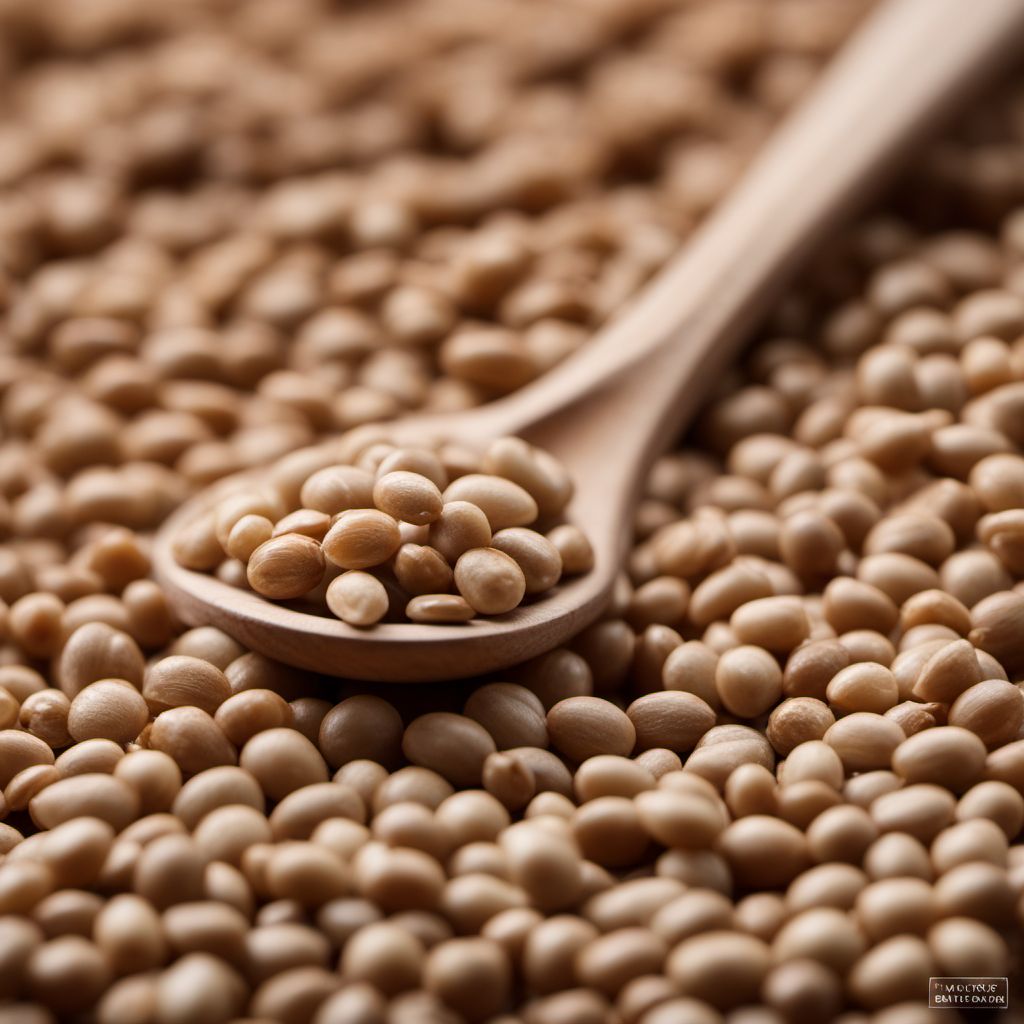
Ingredient
Job's tears grain
The Ancient Grain of Health
Job's tears grain, also known as Coix seed or Chinese pearl barley, is a type of ancient grain that has been cultivated in Asia for thousands of years. It is commonly used in traditional Chinese, Japanese, and Korean cuisines. Job's tears grain has a chewy texture, a nutty flavor, and a distinctive tear-shaped appearance.
Origins and history
Job's tears grain has a long history of cultivation in Asia, particularly in China, Japan, and Korea. It has been used for centuries in traditional medicine and culinary practices. Job's tears grain is believed to have various health benefits and is often consumed for its medicinal properties.
Nutritional information
Job's tears grain is a good source of dietary fiber, protein, and essential minerals such as magnesium and phosphorus. It is also gluten-free, making it a suitable option for individuals with gluten intolerance or celiac disease. Additionally, it is low in fat and calories, making it a healthy choice for those watching their weight.
How to select
When selecting Job's tears grain, look for whole grains that are clean, dry, and free from any signs of moisture or mold. Avoid grains that appear discolored or have a rancid smell. Opt for reputable brands or sources to ensure the highest quality product.
Storage recommendations
To maintain the freshness and quality of Job's tears grain, store it in an airtight container in a cool, dry place. Keep it away from direct sunlight or moisture to prevent spoilage. Properly stored, Job's tears grain can last for up to a year.
How to produce
Job's tears grain can be grown in home gardens or small-scale farms. It requires well-drained soil and prefers a warm climate. Sow the seeds directly in the ground or in containers, ensuring they receive adequate sunlight and water. Harvest the grains when they are fully mature and dry them thoroughly before storage.
Preparation tips
Job's tears grain can be prepared in various ways, including boiling, steaming, or stir-frying. It can be used as a substitute for rice or other grains in dishes such as salads, soups, stews, and porridges. Toasting the grains before cooking enhances their nutty flavor. Job's tears grain can also be ground into flour and used in baking recipes.
Substitutions
Pearl barley, quinoa, or brown rice can be used as substitutes for Job's tears grain. However, they may have slightly different textures and flavors, so adjustments may be needed in recipes.
Culinary uses
Job's tears grain is commonly used in Asian cuisines, particularly in Chinese, Japanese, and Korean dishes. It is often used in soups, stews, porridges, and desserts. In Chinese cuisine, it is a key ingredient in sweet soups and herbal teas. In Japanese cuisine, it is used in traditional sweets and rice dishes. In Korean cuisine, it is commonly used in porridges and rice cakes.
Availability
Job's tears grain is primarily cultivated in East Asia, particularly in China, Japan, and Korea. It is also grown in other parts of Asia, including India, Thailand, and Vietnam.
More ingredients from this category
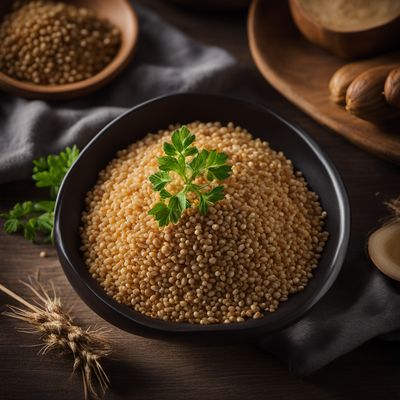
Black fonio grain
The Tiny Nutritional Powerhouse
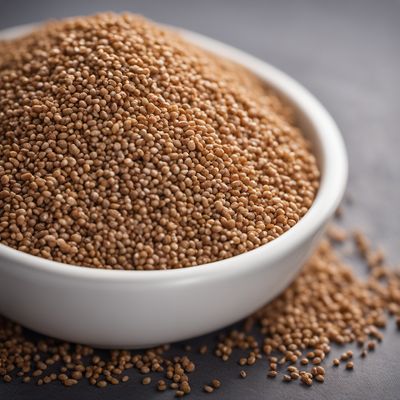
Teff grain
Teff: The Ancient Superfood
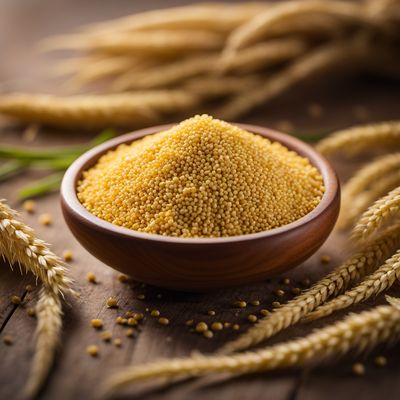
Common millet grain
The Mighty Millet: A Nutritious Ancient Grain

Pearl millet grain
The Nutrient-Rich Ancient Grain: Pearl Millet Unveiled

Canary grass grain
The Nutritional Powerhouse: Canary Grass Grain
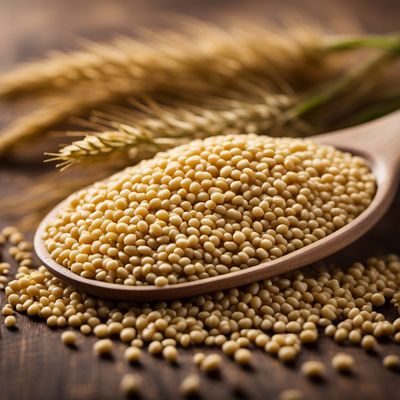
Foxtail millet grain
The Ancient Superfood: Foxtail Millet Grain

White fonio grain
The Ancient Superfood: Unlocking the Power of White Fonio Grain

Finger millet grain
The Nutritional Powerhouse: Finger Millet Grain
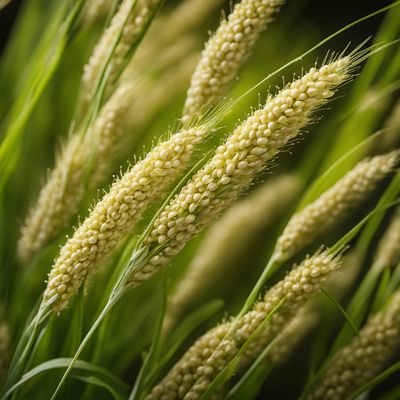
Little millet grain
The Mighty Mini Grain
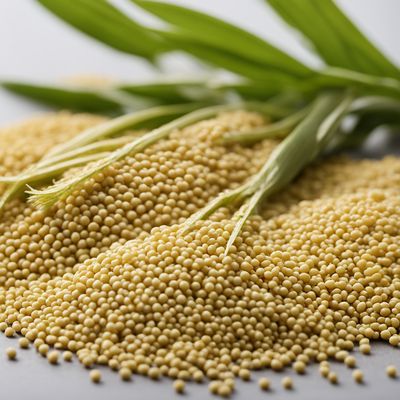
Barnyard millet
The Tiny Grain with Big Benefits: Exploring the Wonders of Barnyard Millet